Clouds and rocks, a relationship at high altitudes
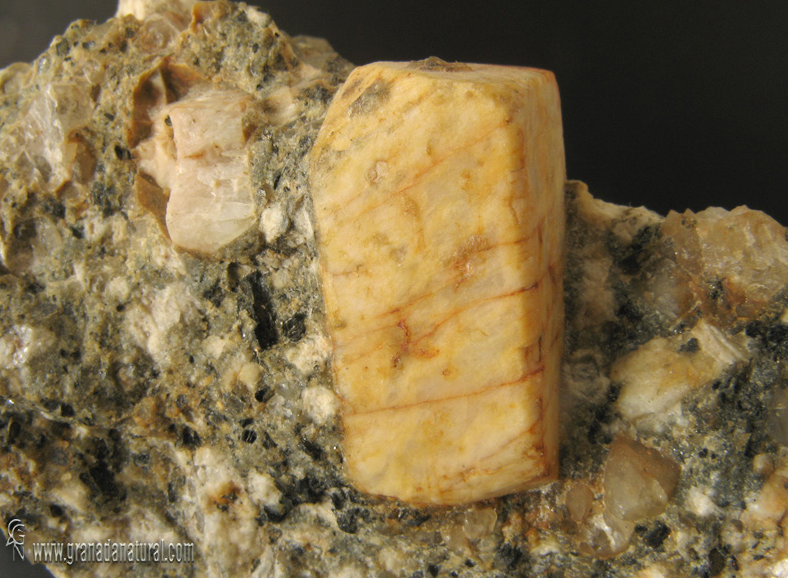
Hello, adventurers of knowledge! Ready to dive into the fascinating world of rocks and clouds? Because today, we’re going to solve the mystery behind a rather popular stone in the rock club: feldspar! So, it turns out that this mineral is everywhere, like that song you can’t get out of your head, in fact, it makes up almost half of the earth’s crust. But, wait, here comes the really exciting part! In the atmosphere, feldspars are like rock stars, seriously influencing cloud formation.
Imagine this: the fine feldspar dust in the air is like the dance floor for water molecules and it turns out that these molecules are like frenzied fans that stick better to feldspar dust than to other particles. Why? That’s the million-dollar question. But don’t worry, TU Wien scientists are on the task! Armed with a microscope so sensitive that it could detect the presence of an ant on a basketball court, they scanned the surface of the feldspar. Ulrike Diebold, the leader of this team, tells us, “We were like detectives of the microscopic world, looking for clues as to why feldspar is so good at making clouds join the party.” And here comes the revelation, the surface of feldspar has a unique geometry that makes it the perfect place for water molecules to latch on like magnets. The key? OH hydrogen and oxygen groups that act as perfect hosts for water.
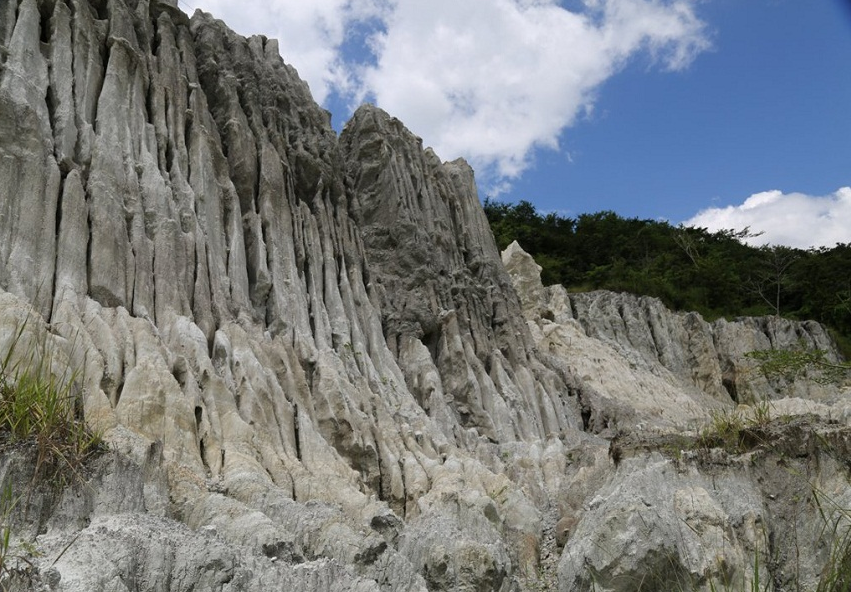
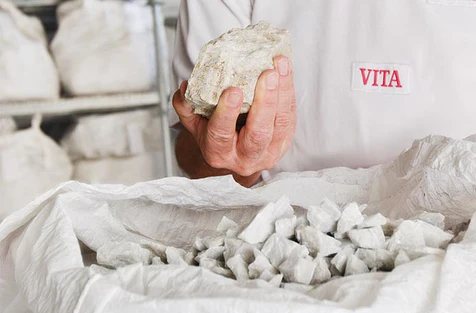
But it gets even more interesting, when the scientists took a closer look, they realized that the images were a bit different from what they expected. Why? Small water inclusions in the rock! Yes, it turns out that the rock itself has its own water supply, like a halfway refreshment! In short, the connection between feldspar and water is like a love story between two soul mates, the water molecules attach to the hydroxyl groups in the rock as if they were made for each other, forming a connection that freezes in time and gives birth to those fluffy clouds we love so much. So, the next time you look up at the sky and see those clouds dancing, remember that there’s a little feldspar in there somewhere, being the DJ of the atmosphere. Rock on, science!
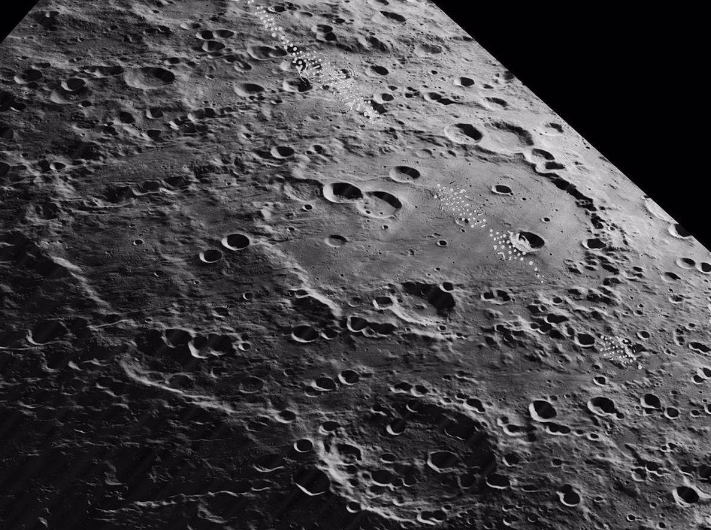

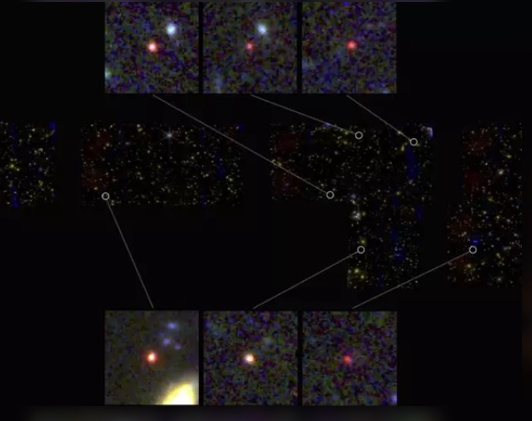
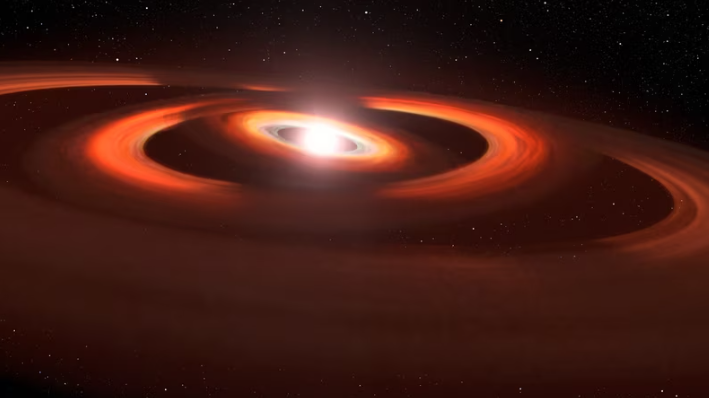

Responses